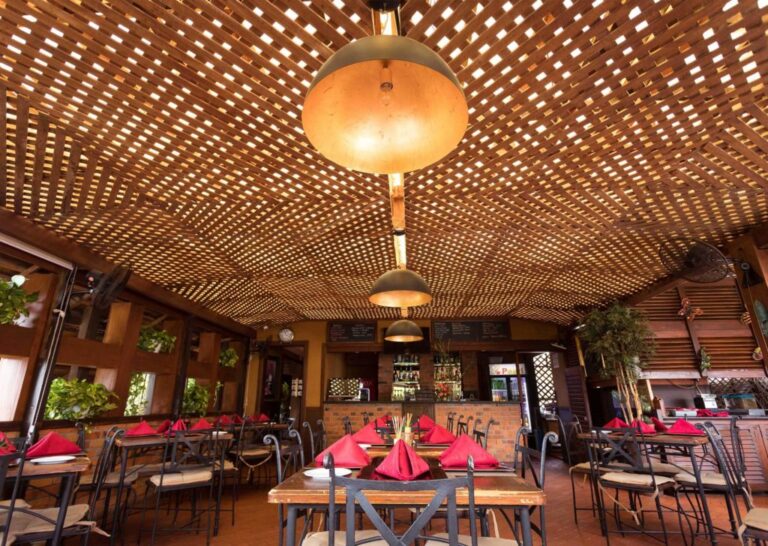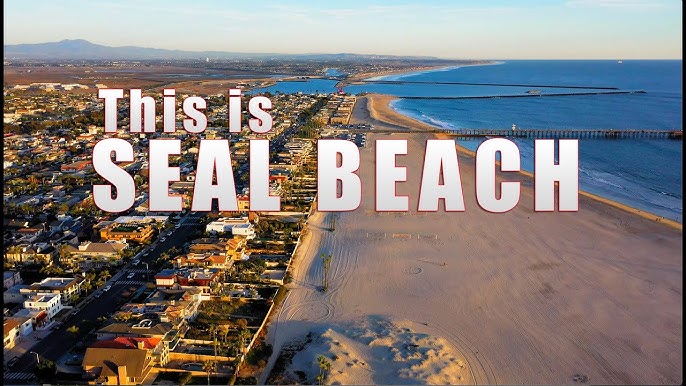TL;DR
If you’re wondering what to do in Sardinia, from pristine beaches and historic villages to local flavors and adventure, this guide has you covered.
I share insider tips, must-see sights, the best times to visit, budgeting advice, and safety essentials to make your Sardinia trip unforgettable. Whether it’s exploring ancient nuraghes, sailing crystal-clear waters, or savoring authentic cuisine, Sardinia offers a rich blend of culture, nature, and relaxation.
What Should You Do When Visiting Sardinia?
Sardinia is a treasure trove for travelers who crave a mix of stunning beaches, cultural heritage, gastronomy, and outdoor adventure.
Prioritize exploring its world-renowned coastline, hiking in its mountainous interiors, and immersing yourself in its vibrant villages with millennia-old traditions. From snorkeling near Cala Brandinchi to wandering the ancient ruins at Su Nuraxi, Sardinia merges raw natural beauty with deep-rooted history.
Where to Stay in Sardinia: Choosing Your Base
Picking the right place to stay depends on your travel style. Here’s how I break it down based on location:
Costa Smeralda (Northeast Sardinia)
If luxury and glamorous beaches are your scene, stay in Porto Cervo or Porto Rotondo. Expect upscale hotels, boutique shopping, and lively nightlife. Prices here are higher, but the pristine beaches and exclusive vibe are unmatched.
Alghero (Northwest Sardinia)
For a blend of Catalan history, charming old town streets, and affordable stays, Alghero is perfect. Its seafood restaurants and seaside promenade make it a favorite among visitors seeking culture without breaking the bank.
Cagliari (South Sardinia)
The island’s capital offers urban comforts, history, and incredible food markets. Staying here means easy access to both beaches and hiking, plus excellent transport connections.
Rural Sardinia & Inland Villages
For a genuinely local experience, try guesthouses in villages like Orgosolo or Dorgali. This immerses you in Sardinian culture, rustic cuisine, and spectacular mountain landscapes away from the tourist crowds.
Typical Costs & Budgeting Tips for Sardinia
Travelers often ask: Is Sardinia expensive? Generally, it ranges from moderate to high depending on location and travel style.
Accommodation: Budget hotels and B&Bs start at €50 per night in less touristy areas, while mid-range hotels cost from €100 to €180 per night. Luxury resorts on Costa Smeralda can exceed €300 nightly.
Food: Expect €10-15 for a simple meal at a trattoria, €25-40 for a three-course dinner at a nicer restaurant. Local food markets and street food are fantastic money-savers.
Transport: Renting a compact car is around €30-50/day. Public buses are cheaper but less frequent outside cities.
Activities: Many beaches are free; guided tours range from €30 to €70; museums and archaeological sites have entrance fees around €5-15 entrance fees.
Advanced booking and visiting in shoulder seasons (May-June or September) save both money and crowds.
How to Arrive in Sardinia and Best Ways to Get Around
Sardinia is accessible by plane and ferry. The three main airports are Olbia (north), Alghero (northwest), and Cagliari Elmas (south), all with good connections to European cities.
Ferries link the island with mainland Italy (ports at Olbia, Porto Torres, and Cagliari). I recommend booking well ahead, especially in summer.
Once on the island, renting a car is the most flexible and efficient way to explore. Public transport is limited outside cities and main towns.
Pro Tip: Driving lets you reach hidden beaches and mountain trails that are otherwise inaccessible.
Top Attractions and Activities to Experience in Sardinia
Explore the Ancient Nuraghes
Don’t miss Su Nuraxi di Barumini, a UNESCO World Heritage site. These Bronze Age stone towers are uniquely Sardinian and fascinating to explore with a local guide who can share historical insights.
Relax on Sardinia’s Iconic Beaches
Cala Luna, La Pelosa, and Cala Brandinchi are just a few gems with turquoise waters and white sands. Early arrival is essential during peak months.
Savor Sardinian Culinary Traditions
Try suckling pig (porcheddu), fresh seafood, pane carasau (thin crispy bread), and local wines like Cannonau. I recommend eating in small family-run trattorias for authentic flavor.
Go Hiking and Outdoor Adventures
The Gennargentu mountains offer world-class hiking with stunning panoramas. Kayaking, diving, and sailing are also fantastic ways to experience Sardinia’s pristine nature.
Safety Tips for Travelers Visiting Sardinia
Sardinia is generally very safe, but here are some practical precautions:
- Avoid isolated areas at night, especially in smaller villages.
- Always secure valuables at crowded markets or beaches.
- Be cautious when swimming or hiking alone; weather can change fast in mountains.
- Emergency number: Dial 112 for immediate assistance across the EU, including medical, fire, and police.
Ideal Length of Stay in Sardinia
To truly appreciate Sardinia, I recommend spending at least 7 to 10 days. This allows time for coastal relaxation, inland exploration, cultural tours, and some adventure activities without rushing. Shorter visits might focus on one region, but Sardinia’s diversity shines best over a full week or more.
Recommended Tours to Enhance Your Sardinia Visit
Joining guided tours can enrich your experience:
- Boat tours: Day trips to La Maddalena Archipelago —crystal-clearwaters and secluded beaches await.
- Food and wine tasting: Vineyard visits coupled with traditional Sardinian meals.
- Archaeological tours: Experts guide you through nuraghes and Roman ruins with fascinating context.
- Hiking excursions: Explore Gennargentu National Park with experienced local guides.
Find Sardinia: Location and Directions
Final Insider Tip:
Immerse yourself in local festivals if your timing allows. Events like Sant’Efisio in Cagliari showcase Sardinian culture, music, and history in vivid, unforgettable ways. These are the moments that transform a trip into a heartfelt experience.
Frequently Asked Questions about Sardinia Travel
What is the best time of year to visit Sardinia?
The ideal periods are late spring (May-June) and early autumn (September-October). During these months, the weather is pleasant, the sea warm, and tourist crowds are thinner than in peak summer. July and August can be crowded and more expensive.
How do I get around Sardinia without a car?
Public buses and trains serve main towns but are infrequent in rural areas. For flexibility, renting a car is recommended. Some coastal areas offer bike rentals or boat taxis during the tourist season.
Is Sardinia family-friendly?
Absolutely. Sardinia offers calm beaches suitable for children, nature parks, and cultural sites that can be educational and fun. Many resorts and accommodations cater to families with children.
What language is spoken in Sardinia?
Italian is the official language, but Sardinian (Sardu) is widely spoken locally. English is commonly understood in tourist areas, but learning a few Italian phrases helps with interactions.
Are credit cards widely accepted in Sardinia?
Credit and debit cards are accepted in most hotels, restaurants, and shops, but cash is preferred in small villages, markets, and some local eateries. ATMs are available in towns.
WakaAbuja has made every effort to ensure that the information in this post was correct at the time of publication. However, we do not assume any liability caused by errors such as pricing, hours, or location details.
Please consult official websites or social media pages for the most up-to-date information.




